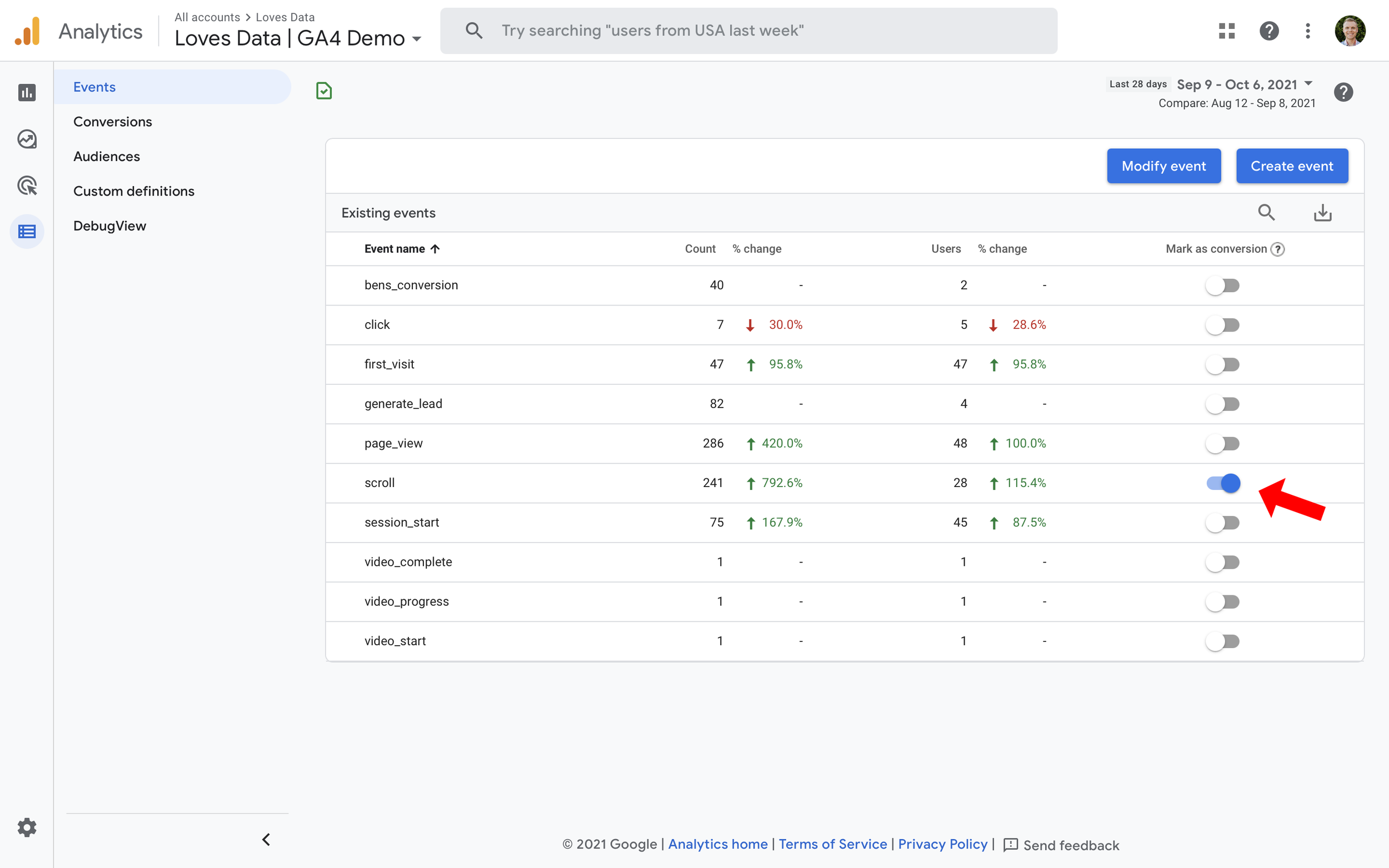The Facts About Google Analytics Event Tracking Uncovered
Table of Contents10 Easy Facts About Google Analytics Event Tracking ShownGoogle Analytics Event Tracking - The FactsGoogle Analytics Event Tracking - QuestionsGoogle Analytics Event Tracking - QuestionsThe 5-Minute Rule for Google Analytics Event TrackingGoogle Analytics Event Tracking Fundamentals Explained
If you're going to establish up event tracking manually, then you're mosting likely to have to add some added code to the aspects you wish to gather information from. The code you're going to collaborate with will certainly look something similar to this: There are 4 components within that code snippet that you're mosting likely to need to specify yourself: occasion, Classification, occasion, Activity, event, Label and event, Value.
As you can see, two of these are required (classification and action) while label and value are optional. All of it depends upon the type of info you desire relayed back to Google Analytics when a customer clicks on the specified component (Google Analytics Event Tracking). It will be a lot easier to specify these components if you evaluate your website and determine which elements/actions you wish to track
Google Analytics Event Tracking - Truths
Now, you'll be asked to specify the and and you'll want to pick from the drop-down food selection that shows up when you click on. This will raise the exact same occasion monitoring components we considered earlier, which you'll need to submit. As soon as you've defined these, you can move to the second box and pick the trigger that will certainly discharge your tag.
On the next display, you'll likewise have an area for naming your trigger and, if you click on package, you'll see a list of the different triggers you can pick. In this case, we desire to select and after that select the alternative listed below. Then you'll establish the trigger to just terminate when a component is clicked with an URL that consists of the.
Every internet site talks. Prior to information analytics, we could not listen to the voices of our sites. Yet just how do you know what your web site is stating? Simple - Event monitoring! Event monitoring provides you an image of how customers engage with your website and organization (Google Analytics Event Tracking). Do you need to know even more? After that, read on as we discover everything you need to recognize, including what it is, why you ought to track occasions, just how to handle events data, and various other pertinent Frequently asked questions you may have.
About Google Analytics Event Tracking
You can switch over in between your occasion groups, actions, and tags in the Leading Occasions report. The Occasion Pages report presents the web check out here pages where occasions are caused.
Events in Google Analytics have 4 major aspects. Google Analytics utilizes these codes to track user interactions and team them right into event reports (Google Analytics Event Tracking).
Select "Variables" > "Configure". A list of the parameters you can track on your site is on the. Under Clicks, Forms, and Video clips, double-check each criterion. After inspecting all required areas, you can click "X" to close the home window and go back to the Review menu left wing.
The Google Analytics Event Tracking Diaries

Choosing "False" will stop that session from being a bounce. If you have not done so, you might need to set up a variable in the Google Analytics Setups box. Click "New Variable ..." if you can not locate one to pick. Hereafter, enter your GA tracking ID in the Tracking ID area.
To do this, adhere to the following collection of actions: After setting up the fields, pick the "Triggering" section. When configuring your new trigger, click the "+" button, then the "pencil" switch, after that choose your trigger type.
The 20-Second Trick For Google Analytics Event Tracking

When it comes to recognizing which areas and elements are directing clients with your conversion channel, you still will not understand. So, without occasion tracking, GA reports will just count check outs as single-page sessions, also if users spend a great deal of time on one web page and involve with it substantially (and a bounce).
However just how does occasion monitoring achieve this?Single-web page sessions called bounces begin and conclude on the same web page. Without event tracking, GA will certainly classify a customer's go to as a bounce if they do not navigate to another web page, no matter of just how they connect with it. For instance, a video-rich page can have a greater bounce price if occasions are not tracked.
Google Analytics Event Tracking Things To Know Before You Get This
For GA link to take occasion hits right into account when measuring bounce rates, you should choose home "Non-interaction event" as "False" throughout the GTM arrangement. Setting "occasion objectives" with occasion action is an excellent method to keep track of user tasks you value highly, such as new lead submissions or click a telephone call to action.